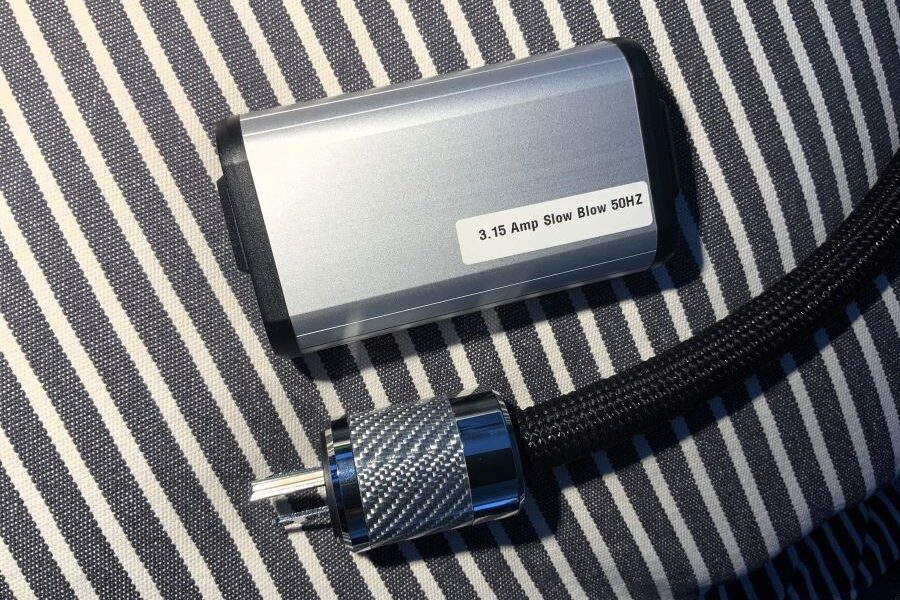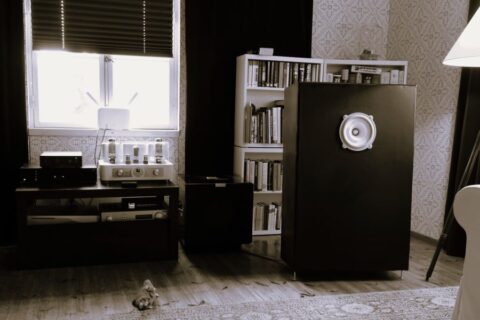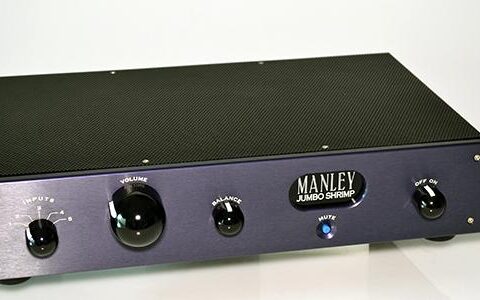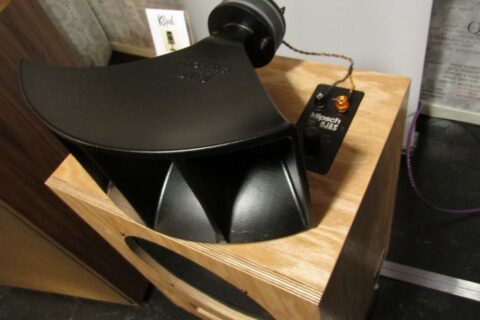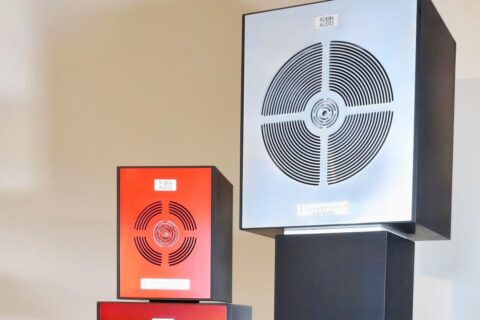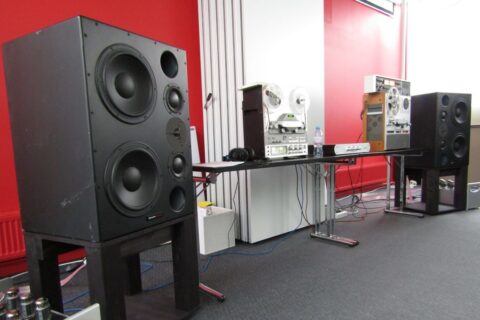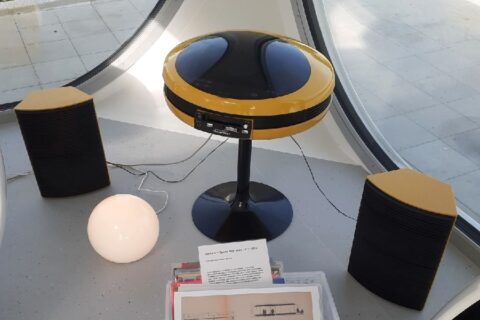We all know that a Hi-Fi system is only as good as its weakest link. Ever occurred that it might the fuse? My €20,000 McIntosh hides five-cent fuses. My BelCanto DAC has quality ones but they too can be replaced with better ones such as Hifituning’s best fuses, which cost around fifty, and are excellent. QSA’s most expensive fuses are fine too, perhaps the best, but whether they are worth a grand is up to each individual to decide. Konstantin Lois, an innovator from Athens, makes reasonably priced Custom Sonic Line fuses that in my opinion are simply great, in fact too cheap for what they can deliver (could cost three times more).
With this background, I was immediately interested in Vera-Fi-Audio’s concept and innovation, which solves the fuse problem in a completely fresh way. Instead of a traditional fuse, they use what they call Sluggo, a very low resistance and high current capable metal rod made from a variety of high purity materials:
High Purity Brass – for pairing with power cables utilizing high purity brass terminations or gold immersed brass.
High Purity Copper – in the conductor path for a natural sound.
Super Sluggo (Standard) – High purity copper is immersed in high purity gold to add a bit more warmth than copper alone.
Super-Duper Sluggo – Rhodium plated copper adds more of a sonically neutral and colder aspect.
Graphene Sluggo – a super conductor with up to 70% greater conductivity than copper – the closest thing to no fuse at all!
An entry level Sluggo costs around thirty, the Graphene Sluggo about two hundred.
The reason why Sluggo is Sluggo, and not a fuse, is that unlike fuses the Sluggo is designed to be used together with a thing called a Swiss Digital Fuse Box (the name has nothing to do with Switzerland),for proper safety: one ought not remove or replace a fuse with a Sluggo without having a Swiss Digital Fuse Box installed! Another reason why the manufacturer prefers to call a fuse Sluggo is because the latter provides much greater current capability and lower resistance than standard audiophile fuses!
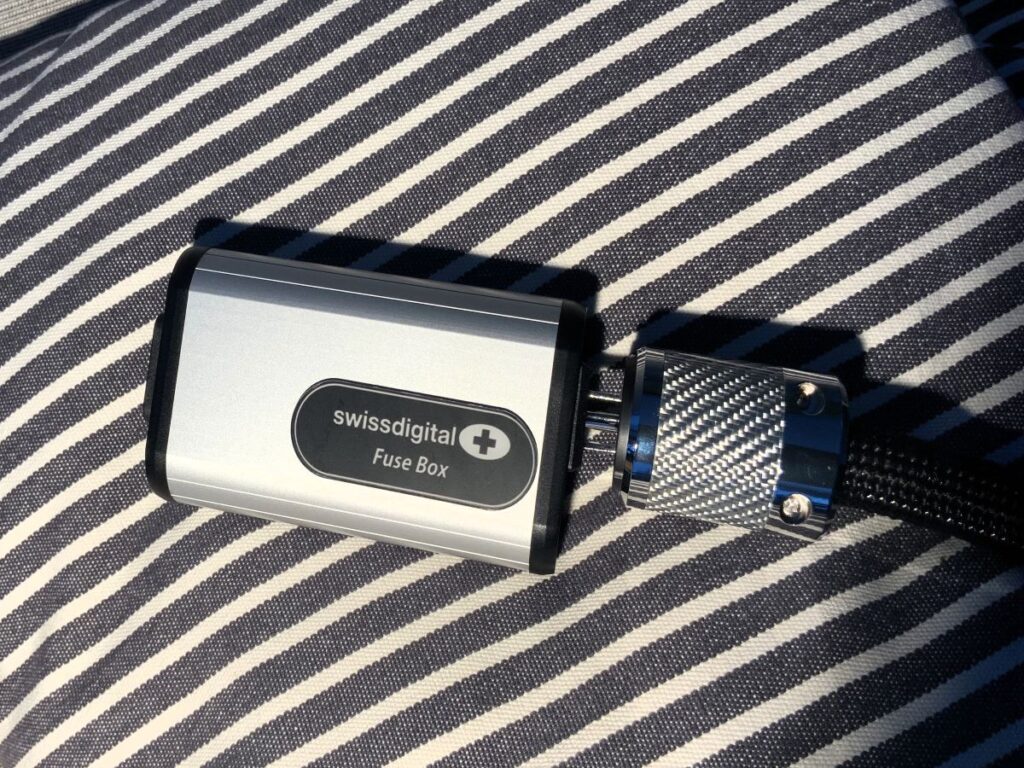
SWISS BOX
The Swiss Digital Fuse Box is a device that is designed to avoid limitations of traditional fuses (current draw through the filament causes heat, and raises the resistance and limits the capability of the power supply). Once the ‘restrictive’ standard fuse is replaced with a Sluggo, a power cable from the wall is connected to the Swiss Digital Fuse Box IEC C13 inlet, and the component in question into the Fuse Box’s NEMA 15 receptacle. That’s it.
Each Fuse Box is programmed at the time of ordering to match the component manufacturer’s fuse specification, Slow Blow 3.5A for my McIntoshes (the order also the prefferred Sluggo). An internal microcontroller magnetically monitors the current draw and opens the circuit via a low resistance relay if it exceeds the pre-programmed setting.
Resetting the Swiss Digital Fuse Box is done simply by disconnecting it from the wall for a minimum of 15 seconds. Fuse Box will not lose its programming ever, and will continue to protect the device faithfully and without fault. The Box is programed for the voltage and frequency of the country.
All Fuse Boxes have a US style plug output. For those who need an adapter, Vera Audio offers a short length Piggy Tail power cables for the purpose.
TESTING
For testing purposes I bought three Piggy Tails, and received one for testing. I also had all possible sluggos at hand. The result? The result was that the Swiss boxes did affect the sound. Absolutely. In what way? It’s illustrative to think that the Swiss Box/Sluggo combo doesn’t actually improve the sound quality, but restores it. It restores from what it would have been with a standard fuse. It provides a kind of foretaste of the resulting sound with no fuse at all, or that was my impression anyway. The overall improvement that the Swiss Box/Sluggo brings along is so significant that a slight excess of energy on the highest notes may go unnoticed.
Of the all the Sluggos the most dramatic improvement in sound quality took place with the Graphene sluggo. To hear the net effect of different Sluggos it’s a good strategy to start with copper ones and move upwards. I also noticed that, relatively speaking, the copper ones were suitable for my Rose 250 Streamer, while the Graphene Sluggo that betters resolution, was more suitable for my DAC. I also tried the gold-plated Sluggo and it gave a warm and distinctive tone to the sound.
Interestingly, the Swiss Boxes seemed not like the presence of Hydra power filters or Tsakiris isolation transformers. The sound became somehow thinner. Mark Schifter was not surprised. The boxes are said to not like “floating point ground”. They also did not like Stein black boxes, the reason for which remained a mystery.
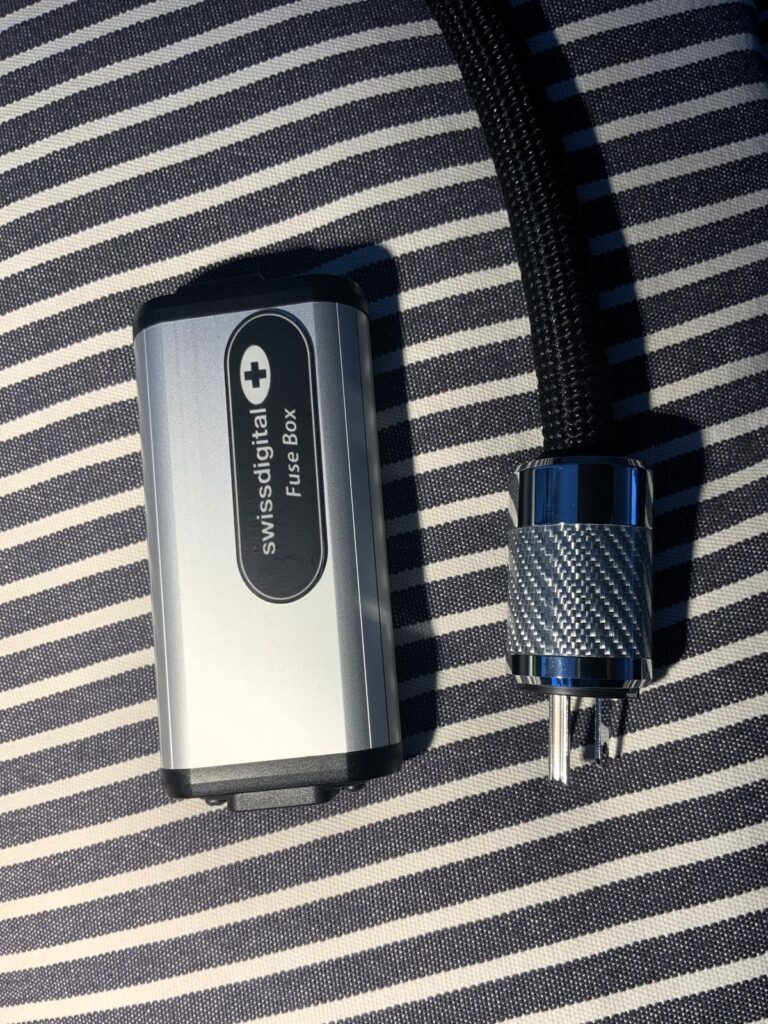
CONCLUSIONS
In my experience, Vera-Fi Audio is a company whose sincere idea is to produce affordable solutions – such as the Swiss Box – whose impact on sound reproduction is distinctive and undeniable. No wonder then that the product has reportedly been received enthusiastically by the audiophile community. Does all this justify plus 600 euro price of the Swiss box? It all depends. 600 euro is not nothing, but on the other hand, it is just the price of one QSA purple fuse. And the quality is excellent. Plus the Swiss Box/Sluggo combo, as I said, givea a glimpse of a fuseless world.
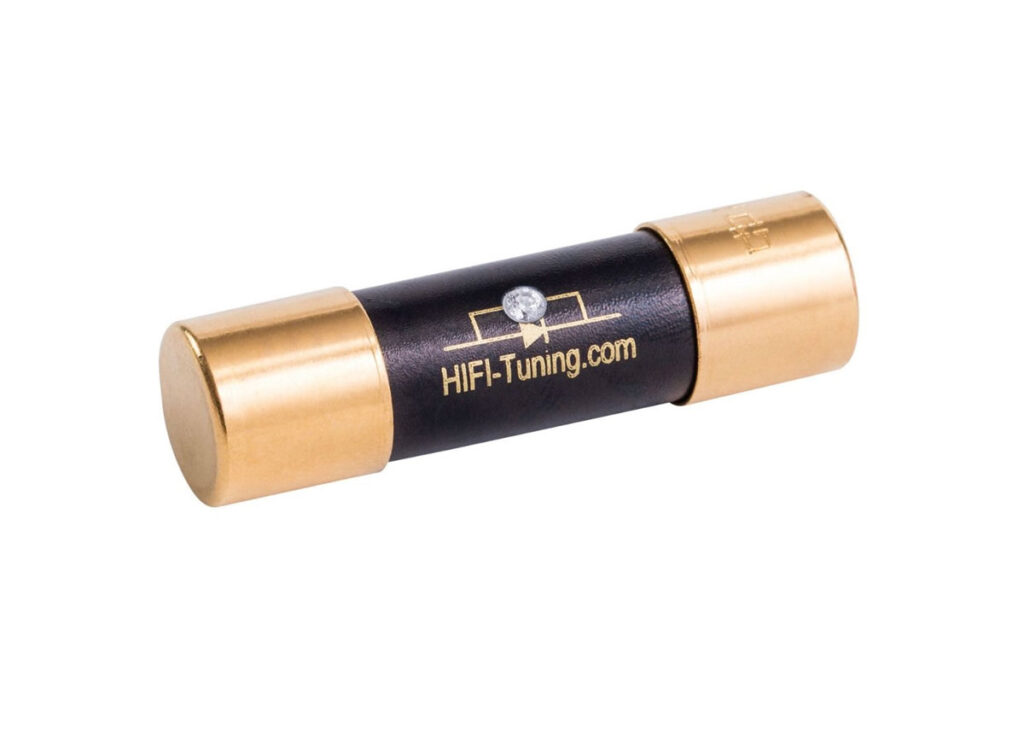
LAST MINUTE ARRIVAL
I have trusted Hifi-Tuning’s fuses more than a decade, and really liked their non-digital, realistic and analogue sound especially with my pair of Macintosh 275’s and 2300 preamp with Sonic Frontiers phono pre amp. They have caveats, yes, like not so precise bass control, but nothing that could not be overcomed.
Over the years I’ve extensively tested other options, but always returned to these fuses. So it raised great curiosity and expectations when Hifi-Tuning’s owner Berndt Ahne released the ”ultimate” improvement called Diamond fuse.
Hifi-Tuning’s Diamond fuses are fully hand made with better materials. According to him one cannot compare them to factory made fuses, no matter how expensive the latter are. He claims they make no compromise with the best materials available.
I installed two Diamand fuses to strategic places in my systems, the Sonic Frontiers phono pre amp and the Macintosh pre amp. Burned in the recommended three days and voila, ready to quick test.
The result was delightful. I mention only one test track that has it all: Ali Farka Touré’s Savane from the entitled album. (I prefer the vinyl in this case). It has deep natural bass, percussion, beautiful cascades of kora, strong distorted attack of Tourés electric guitar and male singing. A tremendous desert blues track. And after inserting the Diamond fuses the sound became stunningly good: more attack, better bass control, and no hint of a digital sound. The sound stage marvellously open. Anyone who’s got a soft point for fuses should give a try.
The good news is that Bernd Ahne has not raised the prices. The 20 mm Diamond copper fuse is around hundred euros mailing included. Available also as silver/gold version.


